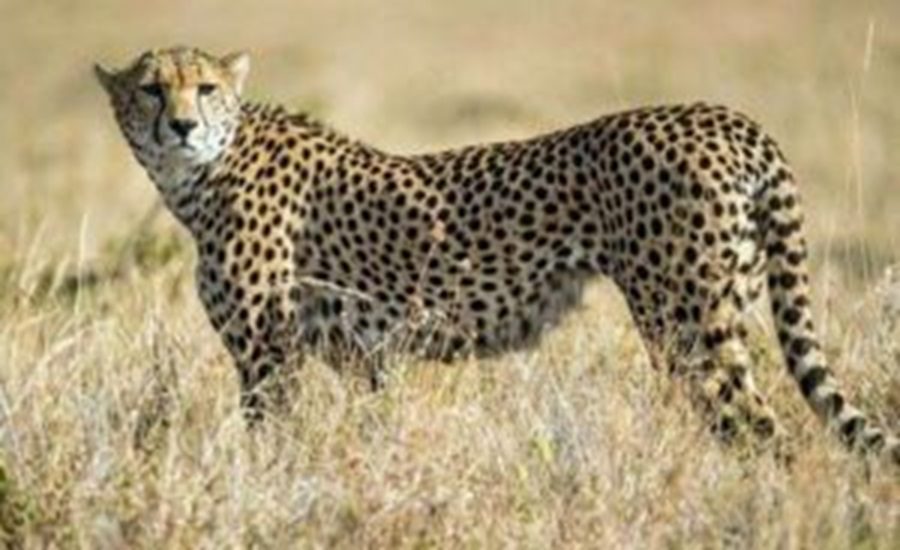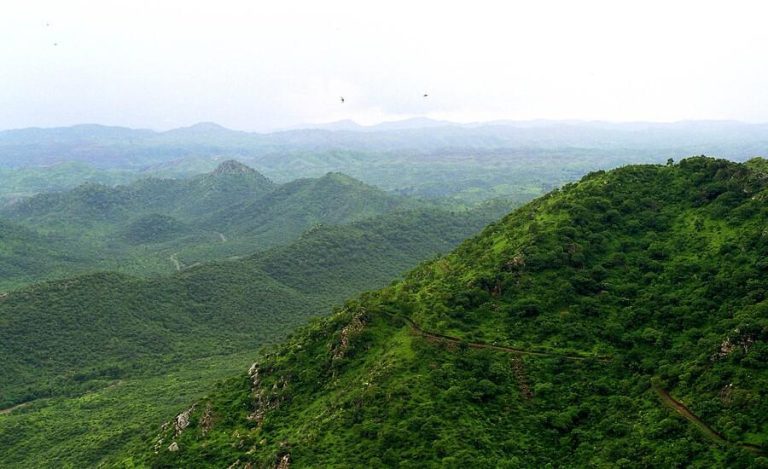Madhya Pradesh: Plans to introduce African cheetahs into Nauradehi Wildlife Sanctuary in Madhya Pradesh have sparked fresh debate among wildlife scientists, who warn that the project may have strayed from its original scientific objectives.
The sanctuary spans nearly 1,200 sq km across Sagar, Damoh, and Narsinghpur districts, and is being considered as a potential site for India’s third cheetah habitat after Kuno National Park in Madhya Pradesh and Gandhi Sagar Sanctuary. However, experts have raised concerns about whether the region is suitable for cheetahs, how they would coexist with other large predators, and whether the project remains aligned with its conservation goals.
Concerns Over ‘Sub-Optimal’ Habitat
Wildlife expert Ravi Chellam notes that while Nauradehi is not entirely unsuitable, it cannot be considered an ideal habitat for cheetahs. “The area is predominantly woodland, not open grassland,” he said, making it a sub-optimal environment. Chellam highlighted the presence of over 20 adult tigers, along with transient tigers that move through the sanctuary, warning that introducing cheetahs into such predator-dense forests would be highly challenging.
Read also: Gandhi Sagar Sanctuary Records 45+ Butterfly Species in First Survey, Including Rare Grass Jewel
Scientific Basis of Project Questioned
Wildlife scientist Arjun Gopalswami criticized the project as scientifically flawed from the beginning. He explained that the initial action plan overestimated Kuno’s capacity, failing to anticipate cheetahs leaving the park and dispersing into Rajasthan. Gopalswami noted that African cheetahs are being introduced into a country where human population density is 150 times higher than in Namibia, creating unstable conditions.
In a 2022 paper published in Nature Ecology & Evolution, Gopalswami and Chellam warned that such an approach could lead to human-cheetah conflict, cheetah deaths, or both—predictions that have largely come true, including cheetahs leaving enclosures, preying on livestock, and facing retaliation from local communities. Gopalswami described the ongoing efforts as “turning into a natural zoo rather than true rewilding.”
Alternate Perspectives
Some scientists view the project more positively. Qamar Quraishi of the Wildlife Institute of India noted that Nauradehi was part of a phased approach aimed at learning lessons from initial sites before expanding cheetah reintroduction efforts across other states. According to Quraishi, cheetahs serve as “flag-bearer species” for protecting dry and semi-dry ecosystems, much like tigers help conserve entire forest ecosystems.
However, conservationist Raghu Chandawat questions the necessity of the project, calling it a “showpiece effort with incomplete planning and unclear objectives.” He argued that introducing cheetahs into tiger- and leopard-dense habitats could increase cub mortality due to predation, particularly by leopards.
Challenges in Creating a ‘Wild Home’
Gopalswami emphasized that cheetahs require at least 10,000–20,000 sq km of open, prey-rich, conflict-free habitat to truly thrive. He warned that while India can host cheetahs, Nauradehi may not offer the “genuine wild home” that the species needs to survive and reproduce naturally.
As Madhya Pradesh prepares Nauradehi as a new experimental site for cheetahs, wildlife scientists continue to question whether the project balances conservation goals with ecological reality, or if it risks repeating earlier mistakes in India’s cheetah reintroduction efforts.




























